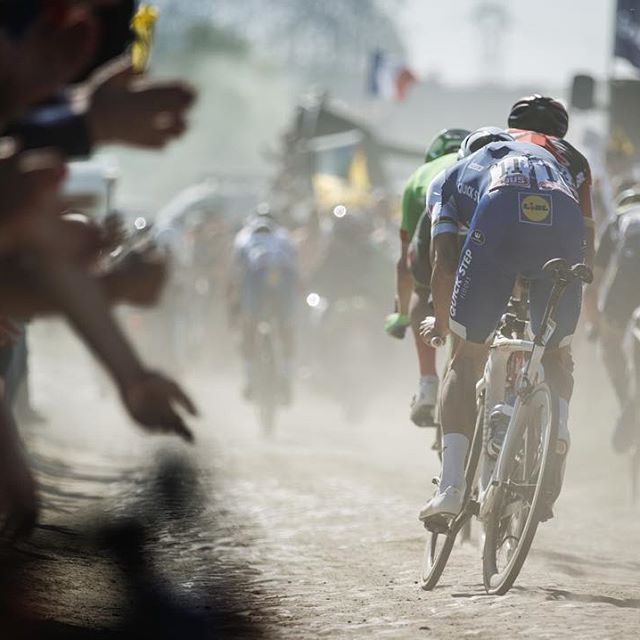La Vie Velominatus: Cable Obsession

I’m fluent in three languages: Dutch, English, and Hyperbole. The third is an acquired talent developed by creative and narcissistic tendencies; the narcissism feeds a belief that normal words can’t properly describe the magnitude of my experiences, and the creativity struggles to cope with restrictive paradigms like “facts” and “reality”. I have also been diagnosed with obsessive-compulsive disorder which, when taken with everything else, suggests that my darling partner exhibits some questionable judgement.
I have a visceral response to clutter; when I see things out of order, my insides turn about themselves and cause me physical discomfort. If the clutter escalates to becoming a “mess”, my mood changes and I become irritable. This applies to everything from our house, my workshop, my office, desk space, my computer desktop, my briefcase, and my bicycles’ cable organization. I don’t have to tell you that the last one is the only one that really matters.
The tidiness of the cables on a bicycle are one of several key factors that elevate the Velominatus above the Common Cyclist. The old style of STI shifters and their protruding cables were barbaric; they represented a principle reason for my dislike of Shimano’s system. Campagnolo took a few extra years to produce the Ergo shifters, and I am quite convinced they spent that extra time sorting out how to internally route the cables.
The organization of a rider’s cables and the length to which they are trimmed is a critical detail to which we must all pay close attention. No matter how beautiful the bike, disheveled cables will always bring it down. I hereby give you the V Principles of Cable Routing:
- It is of paramount importance that the housing exit the bar tape at precisely opposite points on the bars. This extends beyond the cables taken in aggregate, and applies to both the brake and shift housing meaning that if they are routed together, the brake cable must always be below the shift cable, and if they are route front/back on the bars, they must both be routed in the same fashion.
- The housing must be organized such that they mimic and mirror each other’s curves to the maximum capability of the frame and application. This is to say that housing intersections and contact points must be minimized and under no circumstances may a shift-brake cable pair be split by another cable running from its mirrored set.
- Cable housing must be cut to the shortest length possible while still allowing full movement of the handlebars. It must, however, be cut long enough to allow that the cables run in a smooth curve at all points, minimizing friction. The shift cables should be cut such that they overlap only slightly; the ideal is that they just kiss each other at the apex of their arch to the frame.
- Inner cables must be cut to a length not exceeding 2cm. The ideal length is 1.5 times the length of the cable end.
- Cable ends will always be crimped using a crimping tool. Extra points awarded for a diagonal double-crimp. Under no circumstances are frayed cables to be tolerated.
Go with Merckx, and do not violate these principles. Vive la Vie Velominatus.
[dmalbum path=”/velominati.com/content/Photo Galleries/frank@velominati.com/Cables/”/]

